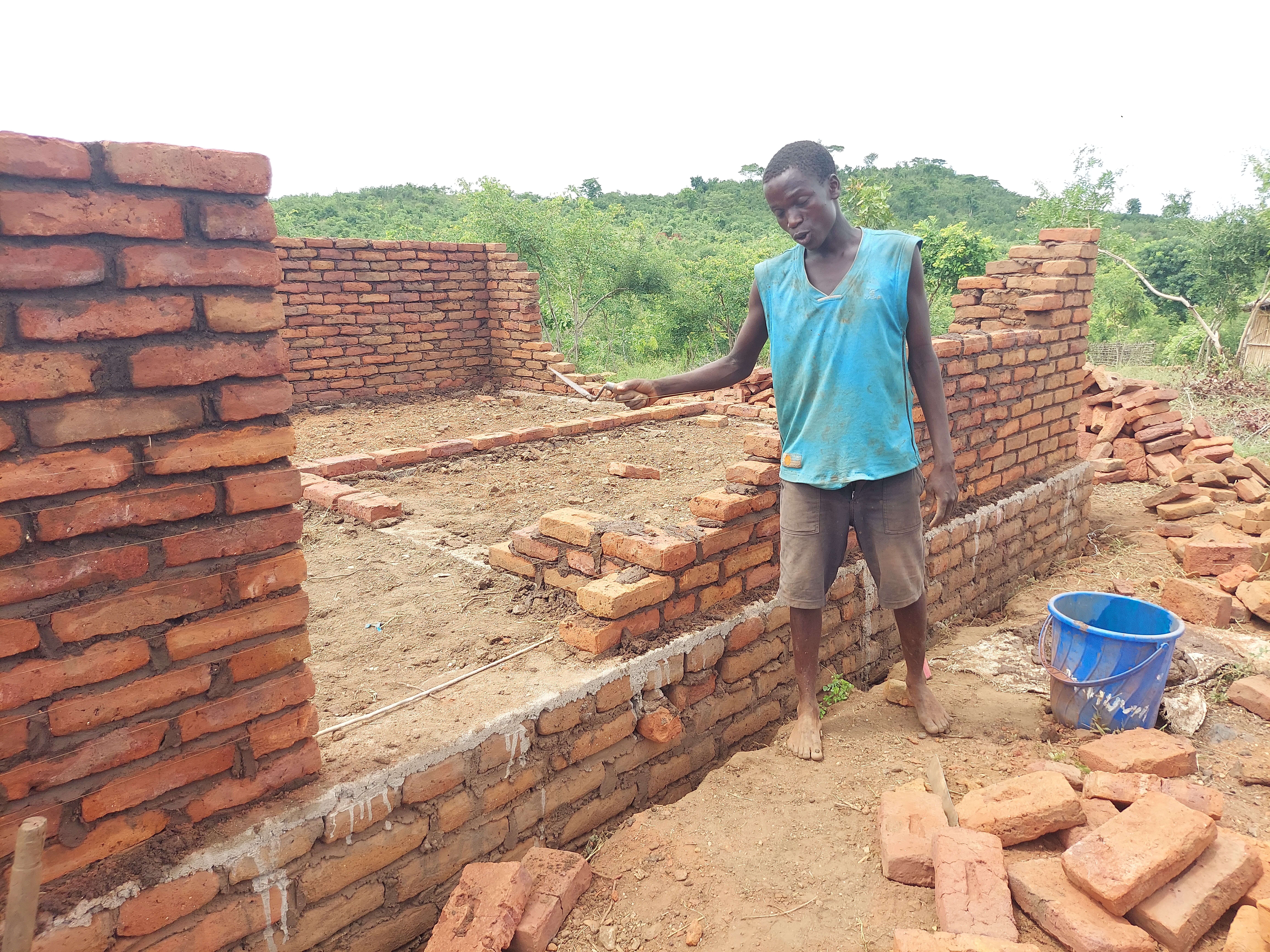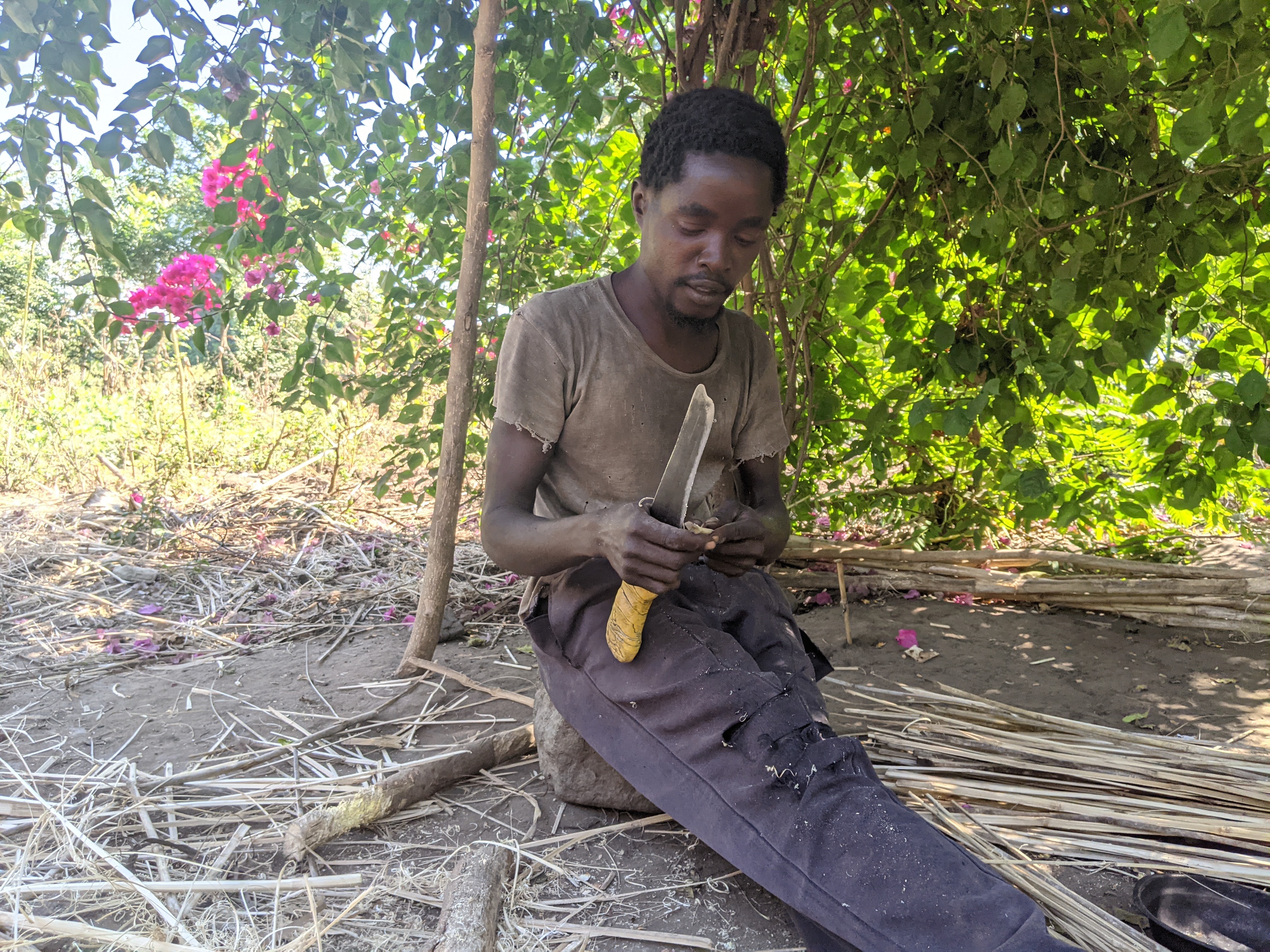- Cash aid is at least 25% more efficient than in-kind aid like food, making it a critical tool in a year of deep humanitarian budget cuts.
- Maximizing the portion of humanitarian aid given as cash from 20% to 50% could mean directly helping ~2.7 million more people this year without spending more.
- Factor in cash’s ~2x local economic multiplier and you’d be helping nearly 25 million more people directly or indirectly.
2025 is a defining moment for the humanitarian system. The scale of aid cuts facing the sector isn’t just a short-term budget challenge — it demands a fundamental rethink of how we deliver help.
The efficiency of cash means it’s one of the few answers we have to the challenge in front of us. The UN’s top humanitarian official agrees, saying, “cash is not a side issue. It’s a frontline solution… that’s why cash is not a tactic. It’s a test of how serious we really are.”
Cash is about 25% more efficient than traditional aid
Study after study has shown that cash is more efficient than in-kind aid like food or blankets. While the numbers vary by setting, the trend is consistent: cash delivers more value per dollar.
📊 Click to read one-such comparison study →
These are the findings of a comparison study of six months of emergency food aid 🥫 vs. cash aid 💸 to Yemeni families during the 2011 lean season:
| Delivery costs | Impact | Flexibility | Preference | |
|---|---|---|---|---|
| $150 of food aid 🥫 | It costs $0.24 to deliver $1 of food | Compared to cash aid, families getting food improved diets less | N/A | Less than a quarter of families wanted their aid entirely as food |
| $150 of cash aid 💸 | It costs $0.11 to deliver $1 of cash | Compared to food aid, families getting cash improved diets more | Families chose to spend 12% of the cash on non-food needs like transport and repaying debts | Two-thirds of families wanted their aid entirely as cash |
| Cash is more efficient | Cash is more impactful1 | Cash is more flexible | Cash is more preferred |
We use a conservative estimate of 25% efficiency gain based on multiple studies — including a widely cited analysis of WFP in Ethiopia. Similar results have been observed across different settings, making 25% a reasonable assumption for modeling the potential gains of scaling up cash.
That means every $1 spent as cash delivers the same impact as $1.25 of in-kind aid.
Those gains are no longer optional — they’re necessary.
Maximizing how we use cash would have reached 8.6M more people last year with the same budget
If we increased the share of humanitarian aid delivered as cash from 20% to 50%, as major organisations like the Red Cross aim to do, and applied to the funding levels seen in 2024 of $24.5 billion, we could reach 8.6 million more people — not by spending more, but by spending more efficiently.
That’s 8.6 million more people helped — simply by changing how aid is delivered.
🧮 Click to see how we calculated this estimate →
The per recipient cost of global humanitarian operations in 2024 was about $214, calculated by dividing total funding by the number of people reached:
- $24.54 billion ÷ 114.5 million people = $214 per person
Applying that:
- At 20% cash, the current mix reaches around 114.7 million people
- At 50% cash, assuming a 25% efficiency gain on the additional cash portion, the same budget could reach 123.3 million.
Dig in deeper to our calculations→
Cash can soften the blow of this year’s ~$10B budget cut
Global humanitarian budgets could drop by $10B in 2025, falling to $14.5B.
With a 20% cash share, that could reach around 68m million people. But if we raise the cash share to 50%, that number could climb to 70.7 million —2.7 million more people, despite the same budget.
These funding cuts will lead to many people missing out on vital aid. We are highlighting that responding to them with a strong push for greater efficiency is a logical way forward.
🧮 Click to see how we calculated this estimate →
Humanitarian funding in 2025 is $14.54 billion, and cash is at 20% then:
- 2025 cash is $2.908 billion
- In-kind is $11.632 billion
- Total aid ($11.632 billion + $2.908 billion) = $14.54 billion
- People reached $14.04billion ÷ $214 per person = 67.95 million
If we scale cash in this scenario to 50%
- Apply a 25% efficiency gain on the increased cash portion to give an effective cash value of $7.86 billion
- Non-cash: $7.27B
- Total effective aid value: $15.13 billion
- People reached (at $214/person): 70.7 million people
Dig in deeper to our calculations→
Taking into account the local economic stimulus effects of cash — we could be supporting ~25M more people in crisis
Cash’s power doesn’t stop at efficiency — it also boosts local economies.
When people receive cash aid, they spend it in their communities, triggering a chain reaction: a family buys food, the shop restocks, the supplier pays workers, and so on. This spillover or multiplier effect means each dollar circulates and creates more economic activity than its face value.
Evidence from Kenya and Yemen shows that every $1 of cash assistance can generate around $2.00 to $2.50 in local economic activity, benefiting not just recipients but entire communities.
There’s no such similar spillover benefit from flying in outside in-kind aid; in fact, it can even flood markets, hurting local vendors and slowing recovery.
If we combine a 25% efficiency gain with a 2x multiplier effect, even under a dramatically reduced 2025 budget of $14.5 billion…
That means 24.8 million more people helped directly or secondarily than in the scenario we might expect this year. That’s the number of people the UN are trying to support in Sudan.
Cash isn’t just more efficient — it multiplies impact. In moments of crisis, that kind of compounding effect can mean the difference between helping some and helping many.
🧮 Click to see how we calculated this estimate →
- Here’s the outcome if cash increases from 20% to 50% of total aid:
Cash assistance: $7.27B - Effective value of that cash (25% efficiency + 2x multiplier applied to the increased portion): $12.59B
- Non-cash: $7.27B
- Total effective aid value: $19.86B
- People reached (at $214/person): 92.8 million
Dig in deeper to our calculations→

